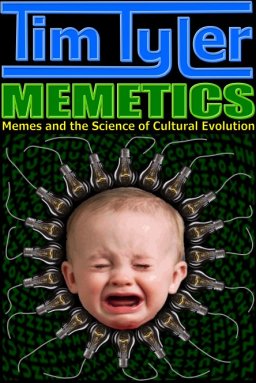 Practically every phylomemetic tree
I have ever seen has illustrated branching - but not joining. However, it is well known that cultural evolution shows
a considerable amount of joining. The result is part tree, part reticulated
network - rather like the image associated with this post.
Practically every phylomemetic tree
I have ever seen has illustrated branching - but not joining. However, it is well known that cultural evolution shows
a considerable amount of joining. The result is part tree, part reticulated
network - rather like the image associated with this post.Should we be concerned that most phylomemetic trees paint an inaccurate picture of how cultural evolution operates? That most phylomemetic trees are inaccurate - through inheriting this systematic distortion?
On one hand, the fact that most evolution involves joining as well as splitting is an important issue which is poorly understood - and most phylomemetic trees reinforce the idea that evolution equals splitting - when they could be combating it. On the other hand, splitting-only trees are simpler than partially-reticulated ones - and this simplification is often a permissible one.
References
- Tyler, Tim (2011) Phylomemetics
- Tyler, Tim (2013) On Lewontin's Principles













